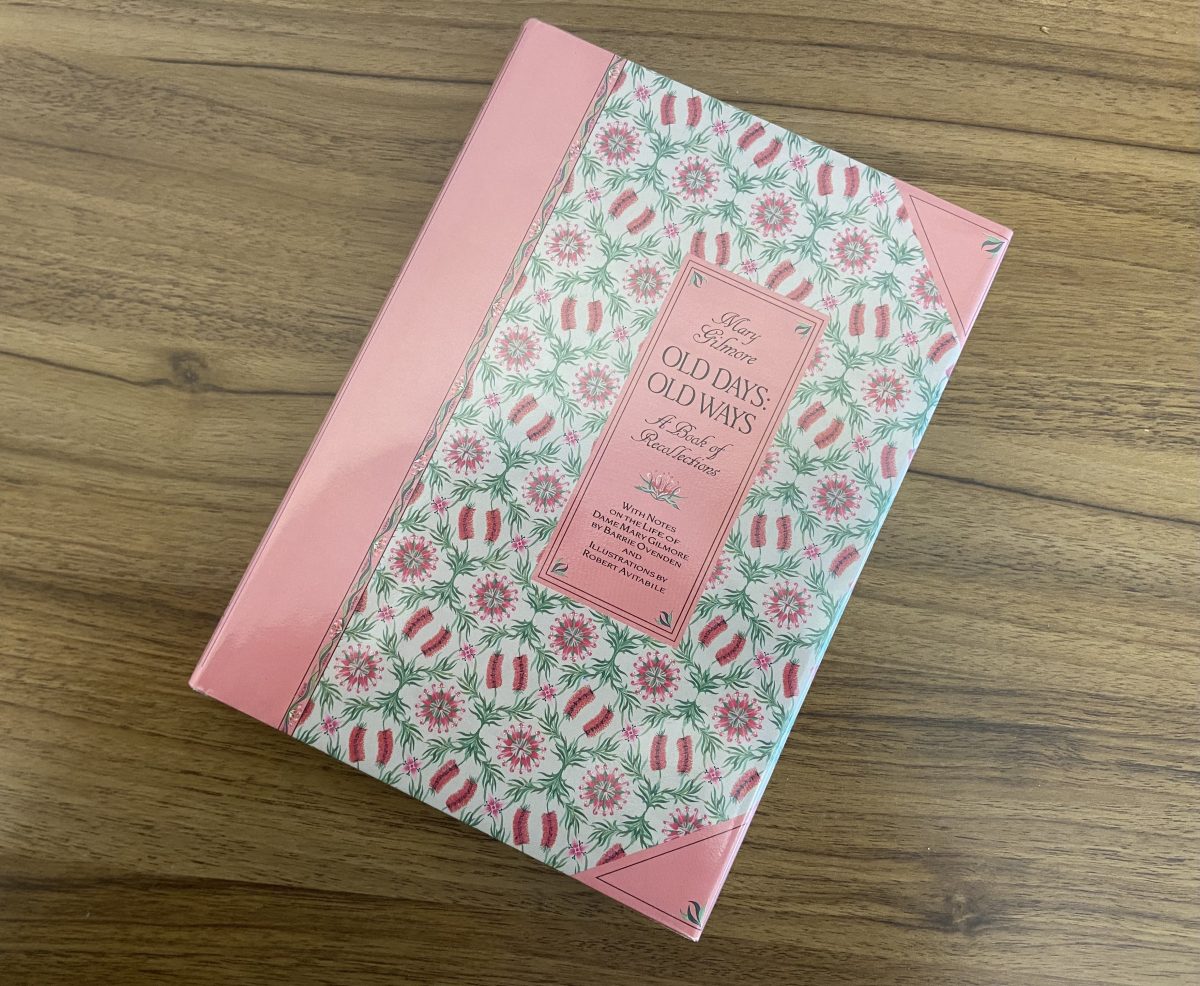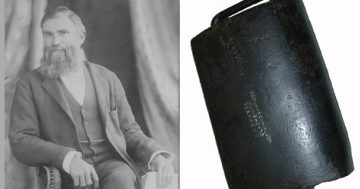
Dame Mary Gilmore said the cushion tradition was ended by a rise in crime. Photo composition: Chris Roe.
Many of us carry a portrait of her around every day without realising the local story behind the woman on the money.
Next time you slip a $10 note from your wallet, spare a thought for one of the Riverina’s most famous citizens, Dame Mary Gilmore.
Author, journalist, poet and campaigner against injustice and deprivation and for the rights and culture of Aboriginal people.
The book Old Days: Old Ways is a collection of Dame Mary’s memories and stories from the early days of the Wagga Wagga community.
In the chapter Old Customs: old forgotten usages, she outlines a few traditions lost to history – including one that ended due to a rise in cushion crime.
“Among other pretty but forgotten usages was that of the cushion laid on the front doorstep at the birth of a child,” she wrote.
“It was tied with satin ribbons if you had them; if not you used what you could.”
Dame Mary recalled that when her sister Rose was born, her father travelled for miles to find the appropriate flower to lay on the cushion to celebrate her arrival.
However, as the town grew, it seems cushion theft became a problem – “Cushions were sometimes stolen, even in daylight,” she explained.
And so the tradition was replaced with ribbons tied to the doorknob – “Blue for a boy and white or pink for a girl”, and she recalls seeing two ribbons for twins.

Many of us carry Dame Mary’s portrait in our purse or wallet without realising the Wagga connection. Photo: RBA.
But while the rise in pillow pilfering ended the tradition out of doors, she explained that the pillow by the door was commonly used inside.
“If father or mother or a guest wanted to be private or to sleep during the day, a cushion made its own law. No one either opened or knocked on the door where it lay.”
While bright ribbons indicated the celebration of a birth, Dame Mary said death was marked in a similar way.
“As birth had its gay colours so death had its crape; its crape-tied door or gate, and its silencing cushion tied with black. Those who had no crape borrowed it; those who had, lent it as a matter of duty, even should they not feel neighbourly in the friendliest sense.”

Old Days: Old Ways includes a host of memories from Dame Mary Gilmore’s childhood in the Riverina. Photo: Chris Roe.
She went on to detail another funeral custom on the rugged outback tracks.
“The undertaker’s notice of the funeral set out in thick black type with heavy borders, and nailed to trees out on the road along which the outgoing funeral or the incoming public would pass.
“More than once my father going into town drew off the track to such a one, and reading the date found that someone he knew had died and he had not heard of it.”
Dame Mary Gilmore lived from 1865-1962 and her life is celebrated in Temora at The Mary Gilmore Festival.










